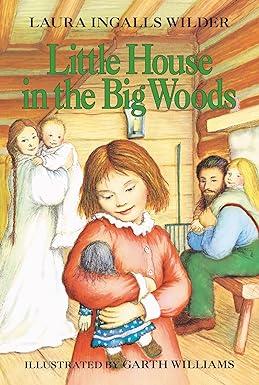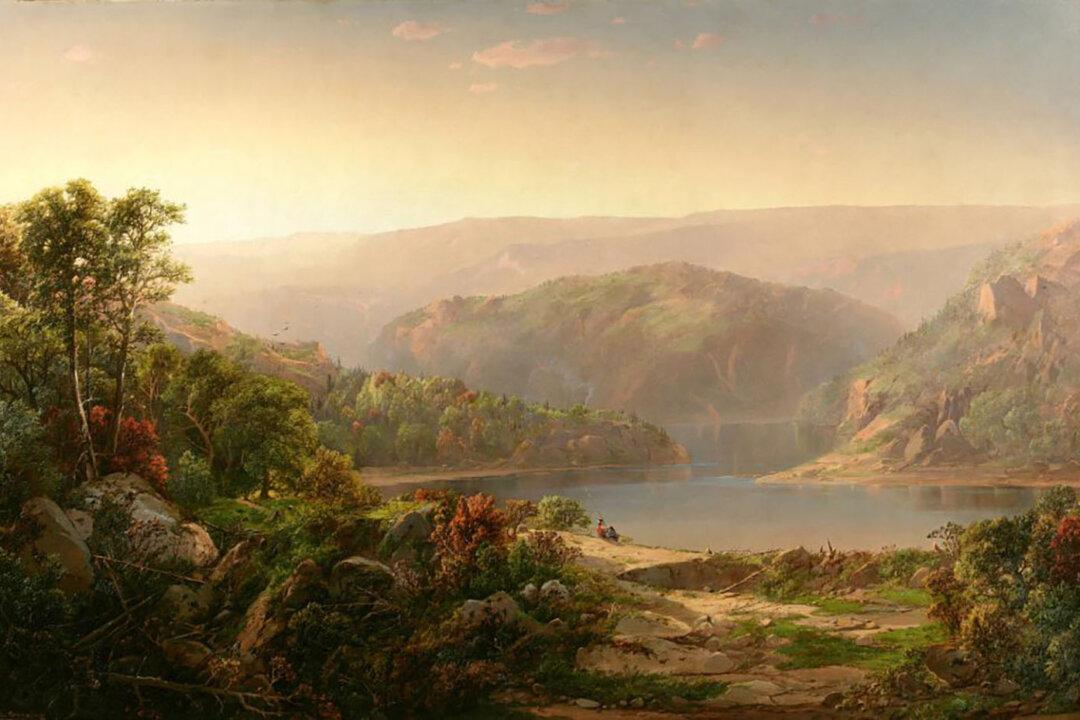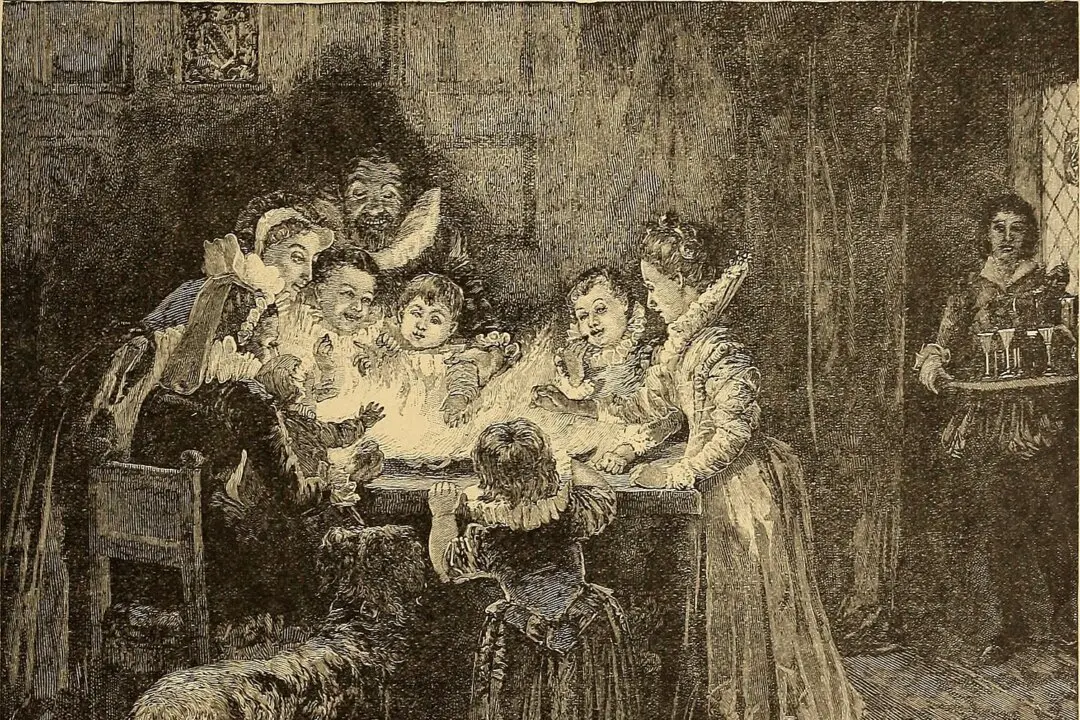“Nature is never spent; There lives the dearest freshness deep down things,” the poet Gerard Manley Hopkins wrote. It is particularly during this time of year that the freshness and vitality of nature displays itself with extravagant effulgence, tempting us from the couch or behind our computer screen to an encounter with the wild. When spring and summer arrive, the outdoors call with an irresistible note. We long to be immersed in the wind and the trees and the little rivers.
In the spirit of spring, then, here are three great books about the outdoors for readers of different ages. These titles will inspire readers to pursue a raw contact with the richness of the natural world and its adventures. Enough of screens. To the real. To the woods.
For ages 6 and up: ‘Little House in the Big Woods’ by Laura Ingalls Wilder







